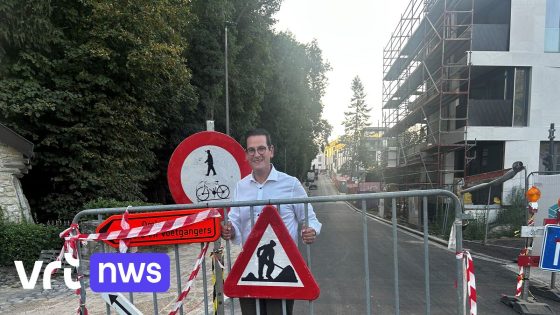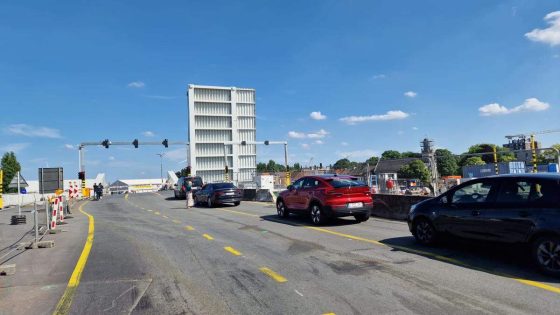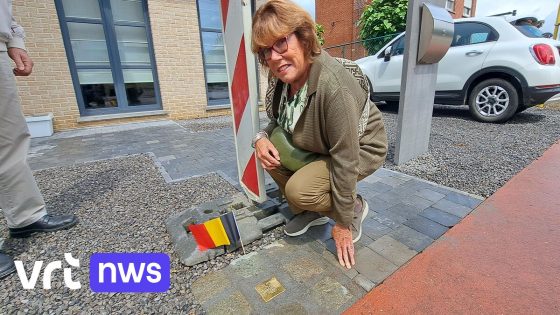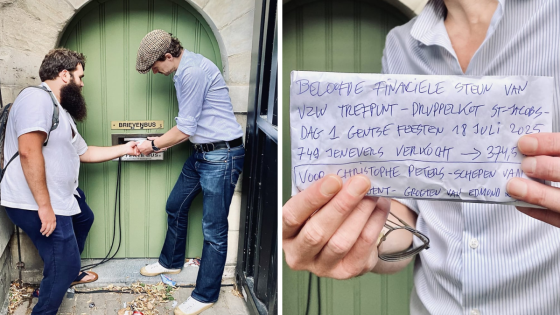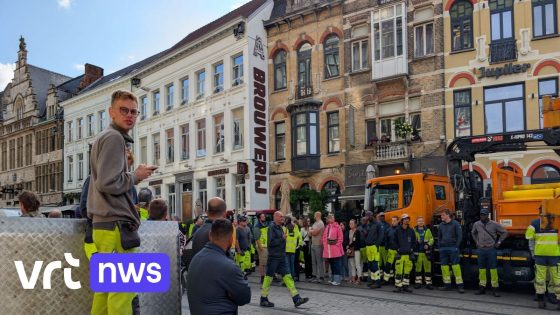The reopening of the Duisburgsesteenweg marks a significant moment for Tervuren residents and visitors alike. After two years of detours, legal battles, and mounting frustration, this vital road is finally accessible again. The Duisburgsesteenweg, a key traffic artery, connects the heart of Tervuren with its surrounding villages, making its restoration crucial for daily commutes and local commerce.
- Inwoners heropenen Duisburgsesteenweg na jaren
- Wegverzakking veroorzaakte grote verkeersproblemen
- Juridische strijd vertraagde herstelproces aanzienlijk
- Duisburgsesteenweg verbindt centrum met omliggende dorpen
- Omleidingen veroorzaakten frustratie bij gebruikers
On 2025-08-14 13:31:00, authorities officially lifted the closure, allowing traffic to flow once more. The road had suffered from a severe subsidence that disrupted travel and strained community patience. With this reopening, many are wondering how the municipality managed the complex challenges and what this means for future infrastructure projects.
So, what does this mean for Tervuren’s mobility and local economy? Let’s explore the implications below.
Why did the repairs take so long, and what lessons can be learned? The delay highlights the challenges of managing infrastructure issues in busy Belgian municipalities. Key points include:
- Legal disputes slowed progress, emphasizing the need for clearer regulatory frameworks.
- Detours increased travel times, impacting daily life and local businesses.
- Effective communication with residents helped manage expectations during the closure.
Looking ahead, Tervuren’s experience raises important questions: How can future roadworks minimize disruption? And what investments are needed to prevent similar issues? Stakeholders must prioritize proactive infrastructure planning to ensure smoother journeys for all.



